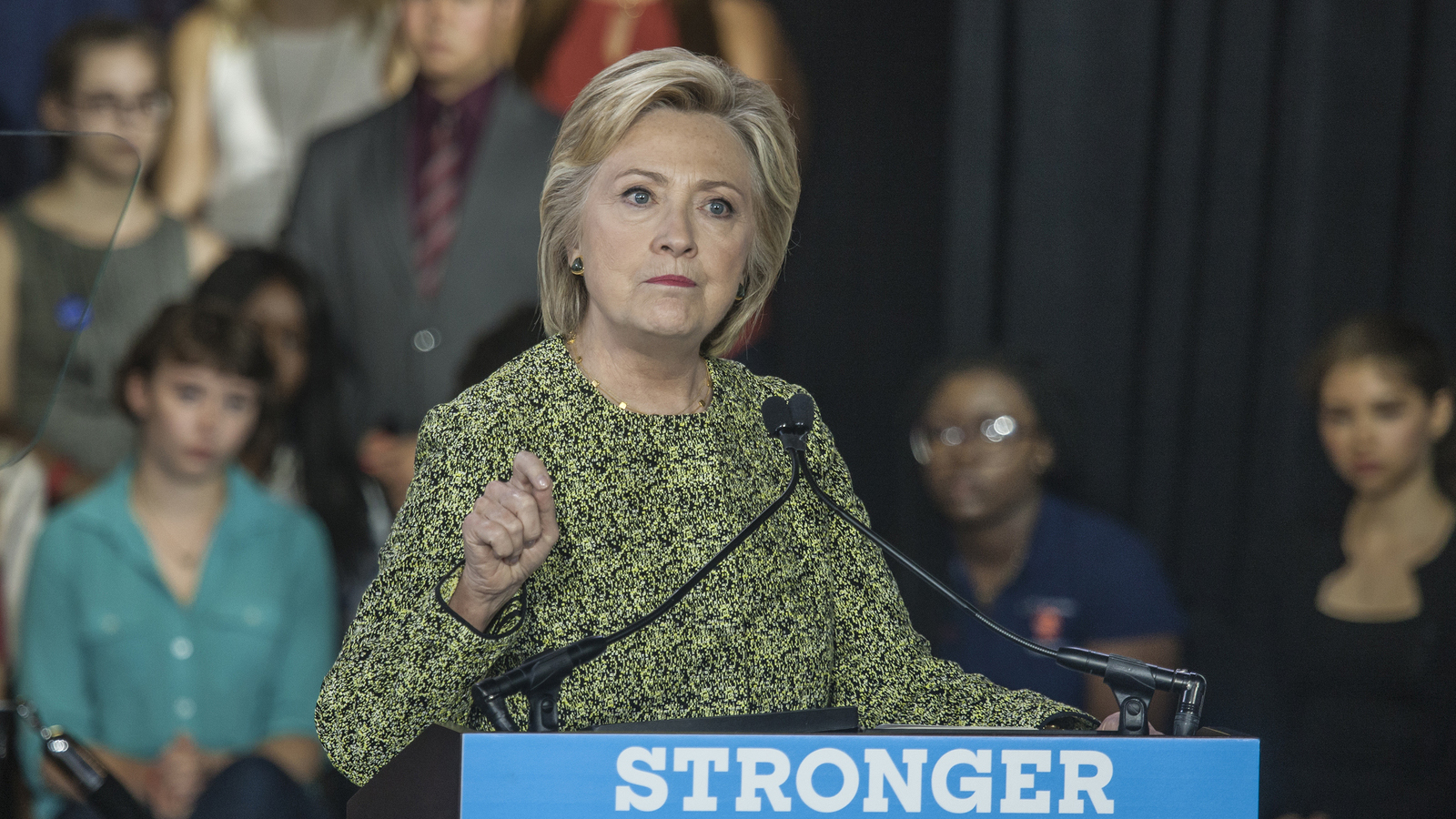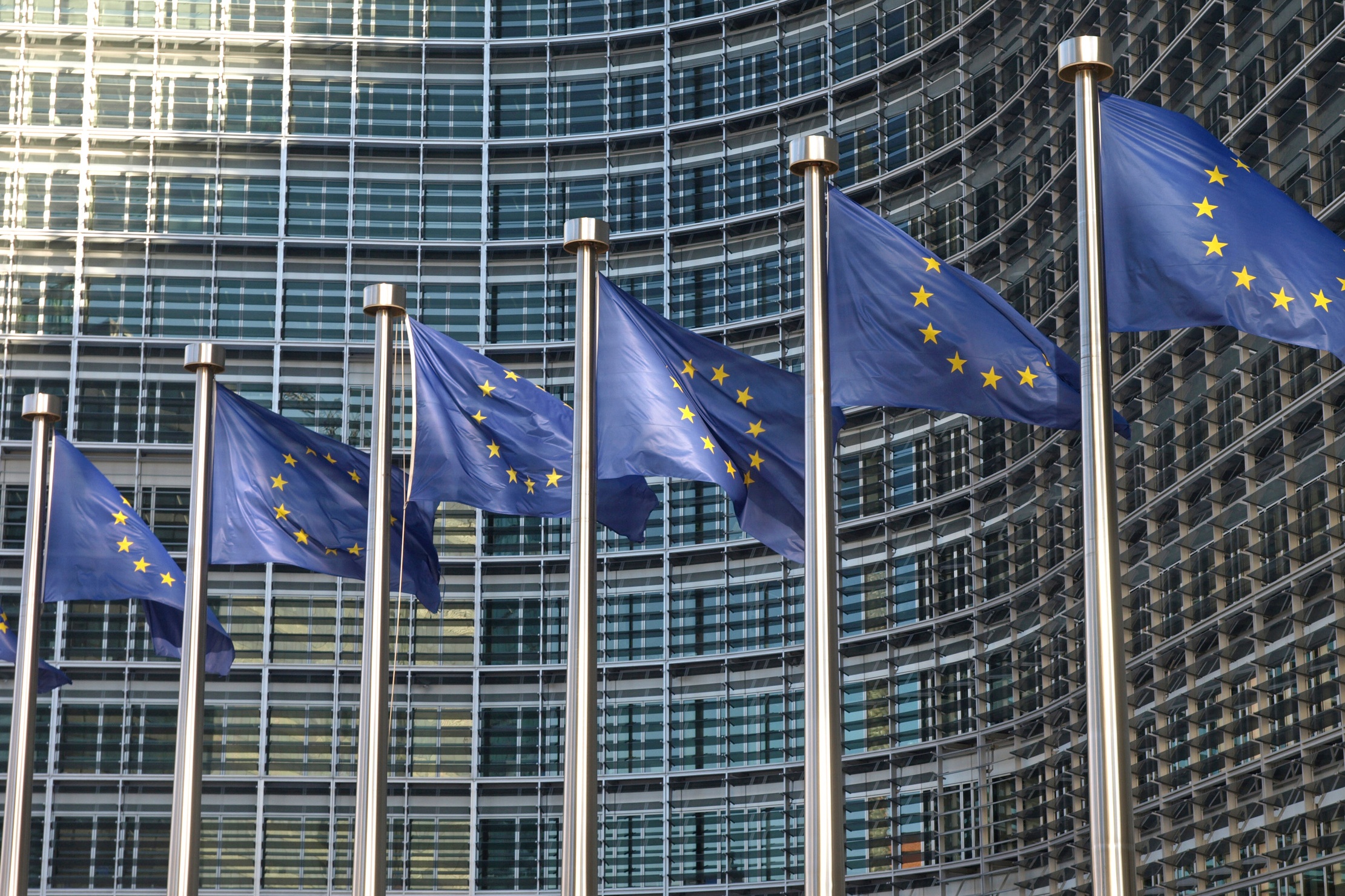EU proposes €9bn broadband fund
The Commission submits new funding plans for high-speed broadband networks to European Parliament.


The European Commission has issued a proposal to spend almost 9.2 billion (8bn) from 2014 to 2020 on pan-European projects to give EU citizens and businesses access to super-fast broadband networks and services.
The funding, part of the proposed Connecting Europe Facility (CEF) investment plans, would take the form of both equity and debt instruments and grants, complementing private investment and public money at local, regional and national level as well as EU structural or cohesion funds.
We face problems in delivering new networks: insufficient investment, problems in accessing capital, and a weak business case for operators to roll out everywhere.
It calls for at least 7bn (6.1bn) to be made available for investment in high-speed broadband infrastructure, which the Commission said would add credibility and lower risk on projects that could in turn generate between 50bn and 100bn of public and private investment.
Neelie Kroes, vice president of the European Commission responsible for the Digital Agenda, wrote of the need for such investment in a blog posting.
"We face problems in delivering new networks: insufficient investment, problems in accessing capital, and a weak business case for operators to roll out everywhere. And we also face difficulty in making online public services available across Europe," she said.
The plans support Digital Agenda broadband targets, which call for 270bn of investment. The CEF plan, which was itself introduced yesterday, tables 50bn worth of EU investment funding to improve Europe's transport, energy and digital networks.
Get the ITPro daily newsletter
Sign up today and you will receive a free copy of our Future Focus 2025 report - the leading guidance on AI, cybersecurity and other IT challenges as per 700+ senior executives
Its Digital Agenda sets 2020 targets of broadband access for all at speeds of at least 30Mbps, with at least 50 per cent of households subscribing to speeds above 100Mbps.
But its plans run contrary to previous policy, first outlined in 2007 by Kroes (who was then EU competition commissioner), which held that state aid alone could not bridge the digital divide.
The remaining CEF funding for digital infrastructure would support public interest digital service infrastructure such as e-ID, e-procurement, electronic health care records, e-justice and customs-related services.
The proposed funding is also accompanied by proposed new guidelines for trans-continental telecommunications networks and services to establish "new objectives, priorities, projects of common interest and criteria for identifying further projects of common interest," according to today's announcement.
It is also expected projects will involve not only established telecoms operators, but also new players such as water, sewage, electricity utilities, cooperative investment initiatives or construction firms working together in consortiums. It said they would also attract public-private partnerships and target poorly serviced rural areas.
The CEF finance would also exert competitive pressure on telecommunications network companies to invest in their own networks, the Commission argued. It would also provide financing for technical assistance or horizontal support such as mapping existing and future broadband networks.
The Commission's proposals will now be submitted to the European Parliament and the EU's Council of Ministers for adoption.
A 25-year veteran enterprise technology expert, Miya Knights applies her deep understanding of technology gained through her journalism career to both her role as a consultant and as director at Retail Technology Magazine, which she helped shape over the past 17 years. Miya was educated at Oxford University, earning a master’s degree in English.
Her role as a journalist has seen her write for many of the leading technology publishers in the UK such as ITPro, TechWeekEurope, CIO UK, Computer Weekly, and also a number of national newspapers including The Times, Independent, and Financial Times.
-
 Why keeping track of AI assistants can be a tricky business
Why keeping track of AI assistants can be a tricky businessColumn Making the most of AI assistants means understanding what they can do – and what the workforce wants from them
By Stephen Pritchard
-
 Nvidia braces for a $5.5 billion hit as tariffs reach the semiconductor industry
Nvidia braces for a $5.5 billion hit as tariffs reach the semiconductor industryNews The chipmaker says its H20 chips need a special license as its share price plummets
By Bobby Hellard
-
 HPE inks $2 billion high-performance computing deal with the NSA
HPE inks $2 billion high-performance computing deal with the NSANews HPE will provide scalable on-premises computing to the NSA using Greenlake
By Danny Bradbury
-
 White House launches official investigation into use of personal email accounts
White House launches official investigation into use of personal email accountsNews Senate Intelligence Committee rebukes Kushner for omitting private account
By Adam Shepherd
-
 UK to re-invest £645m into 'superfast' broadband rollout
UK to re-invest £645m into 'superfast' broadband rolloutNews £465 million was recovered from contract clauses with BT
By Dale Walker
-
 UK government offers £16m 5G research fund for 2018 trials
UK government offers £16m 5G research fund for 2018 trialsNews Three universities will share the cash to help develop test networks
By Dale Walker
-
 Ofcom: Millions of homes unable to access "decent" broadband
Ofcom: Millions of homes unable to access "decent" broadbandNews Regulator Ofcom says an "unacceptable" number of businesses and homes cannot access speeds over 10Mbit/s
By Dale Walker
-
 Autumn Statement: Hammond wants to turn startups into scale-ups
Autumn Statement: Hammond wants to turn startups into scale-upsIn-depth Chancellor announces 5G funding and cash for driverless cars
By Joe Curtis
-
 Which is the best UK network for data roaming in the EU?
Which is the best UK network for data roaming in the EU?Best And how will Brexit affect your data roaming in Europe?
By Andrew Williams
-
 Telcos offer Europe 5G networks if EU weakens net neutrality
Telcos offer Europe 5G networks if EU weakens net neutralityNews Mobile companies say net neutrality threatens their returns on investment in 5G
By Aaron Lee